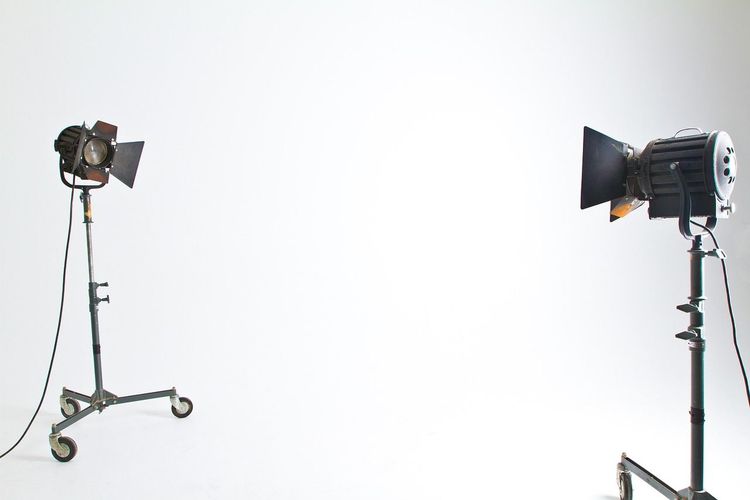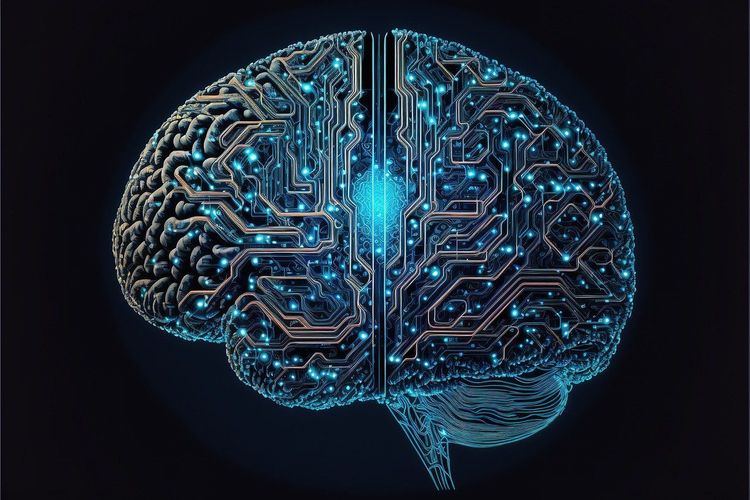MIT researchers have developed a groundbreaking 3D printer that leverages machine vision to self-monitor, enabling faster production and a broader range of materials compared to conventional printers. This innovation allows engineers to explore new material possibilities, paving the way for advanced creations, such as robotic grippers modeled after human hands, utilizing flexible and reinforced 'tendons.'
Traditional 3D printing methods typically involve precisely depositing tiny nozzles of resin onto a surface, which is then smoothed and cured using UV light. However, these conventional techniques struggle with materials that cure slowly, as the smoothing process can distort the material, ultimately limiting the diversity of usable substances. In contrast, MIT’s contactless 3D printing system eliminates the need for mechanical components in this smoothing process. This unique approach enables it to efficiently work with materials that have slower curing rates, often boasting superior properties like enhanced elasticity, increased durability, and extended longevity.
The research team, consisting of experts from MIT, the MIT spinout Inkbit, and ETH Zurich, elaborated in their findings that they successfully fabricated an array of intricate high-resolution composite systems and robots, including tendon-driven hands, pneumatically actuated walking manipulators, heart-mimicking pumps, and metamaterial structures. Impressively, the new printer operates 660 times faster than comparable 3D inkjet models, significantly enhancing production speed.
This advancement is built upon the foundation of the MultiFab, an economical multi-material 3D printer introduced in 2015. The MultiFab was capable of depositing minuscule resin droplets using thousands of nozzles, which were then UV-cured for high-resolution printing with up to ten materials simultaneously. The latest project focuses on a non-contact printing method aimed at expanding the spectrum of materials available for fabricating complex devices.
The team pioneered a technique called vision-controlled jetting, incorporating four high-frame-rate cameras paired with lasers to continuously monitor the printing surface. As the nozzles release tiny droplets of resin, the cameras capture the process in real time. Subsequently, the system's computer vision software translates these images into a comprehensive depth map within mere seconds. By comparing this depth map to the CAD model of the intended product, the printer can dynamically adjust the resin output to ensure precise alignment with the original design. This automated calibration allows for meticulous control over each of the printer’s 16,000 nozzles, leading to remarkable detail accuracy in the printed devices.
The ongoing project reflects a broader trend of integrating machine learning into the realm of 3D printing. AI-driven designs are swiftly transformed into physical objects, enabling rapid prototyping and testing. According to Nat Trask, a professor of engineering at the University of Pennsylvania, the capabilities of machine learning significantly expedite the traditional design and simulation processes, which previously consumed extensive time and resources. Machine learning now facilitates predictions up to 1,000 times faster than previous simulation methods.
Looking forward, Trask anticipates the emergence of machine learning tools that can predict part behavior instantly, creating a dynamic feedback loop that utilizes online physics models to explore design alternatives effectively. This shift will not only propose new geometries for printing but will also optimize them in real time based on predicted performance.
Ben Schrauwen, senior vice president and general manager of Oqton, a leading 3D printing company, highlighted AI's role in enhancing image-based process monitoring and closed-loop control. He emphasized that AI models capable of understanding molecular and atomic interactions can expedite the discovery and development of new polymers and alloys. The utilization of AI extends to sectors like dentistry, where Oqton has implemented AI-based software that automates the preparation of dental files for 3D printing, reducing the burden of manual tasks on technicians and consequently streamlining the manufacturing workflow.
The integration of AI into additive manufacturing workflows enhances predictability, allowing technicians to schedule jobs with confidence, knowing they can expect timely and successful completion. Furthermore, AI’s influence is extending to quality control, with systems capable of overseeing multiple 3D printing operations from a single interface. This approach not only keeps track of job statuses but also provides live updates from the build platform, ensuring efficient communication throughout the production process.
As industries increasingly recognize the advantages of 3D printing—its cost-effectiveness and speed—adoption is anticipated to grow exponentially, transforming manufacturing practices and enabling the creation of complex, high-quality products.







